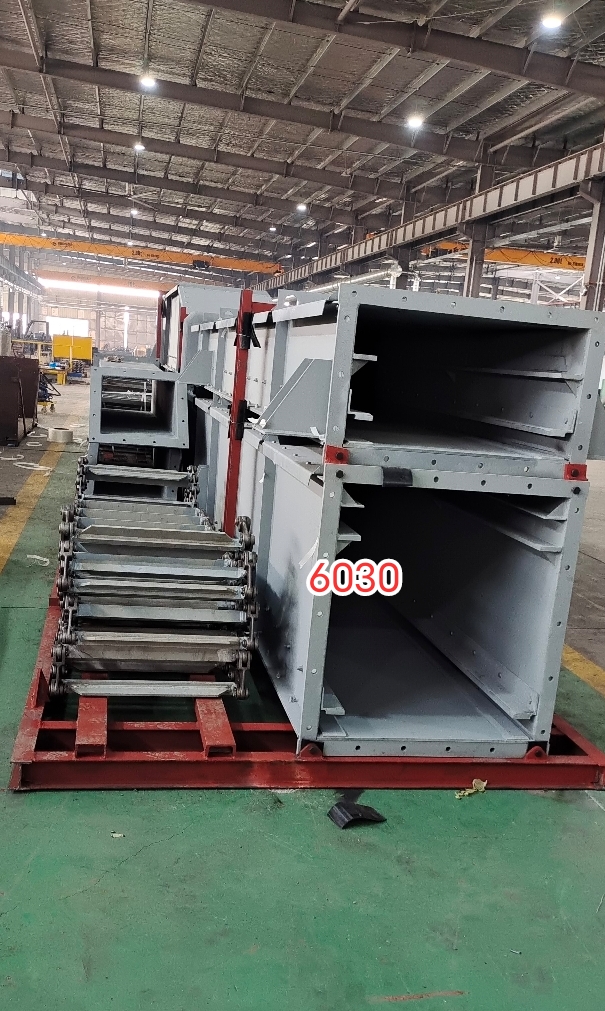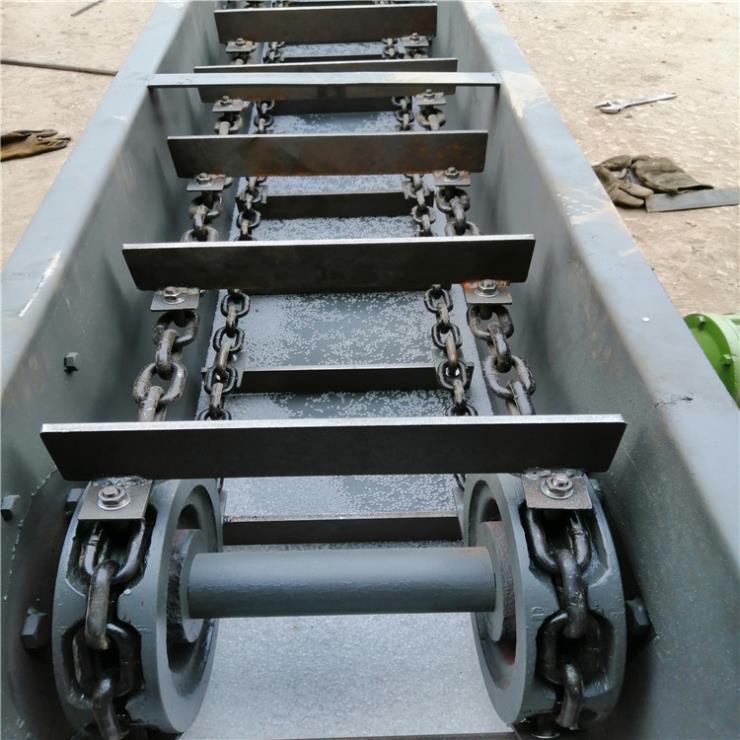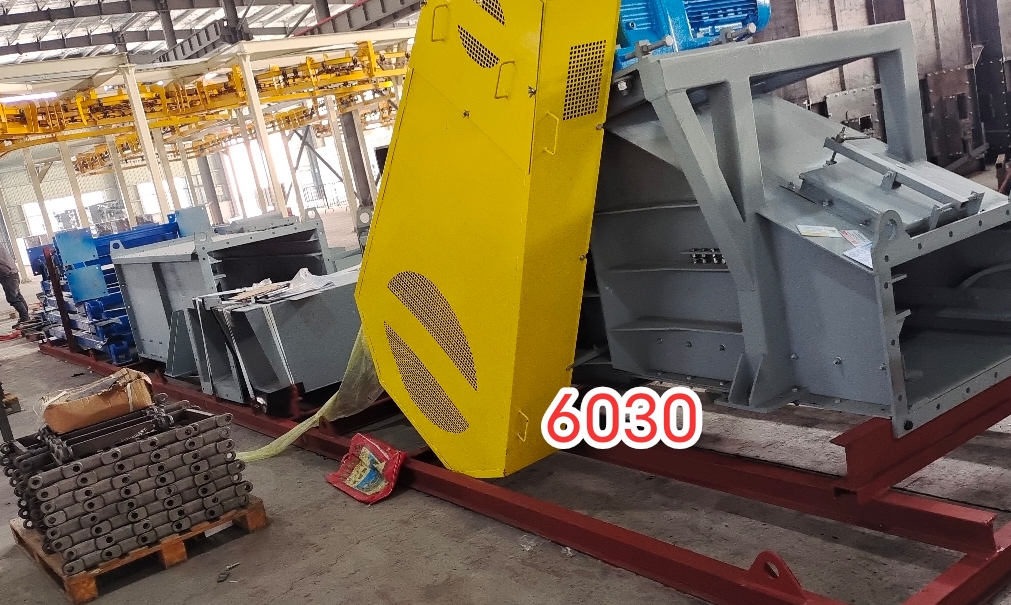
Ash Handling Systems Fly Ash Handling System
Fly Ash Handling System: Overview and Importance
A Fly Ash Handling System is a critical component in power plants, particularly those that burn coal or biomass in their boilers, such as coal-fired power plants and waste-to-energy (EfW) plants. Fly ash is a fine, powdery byproduct of combustion that is carried by flue gases. Due to its fine and light nature, it can be challenging to handle, especially in terms of dust control, efficient transport, and disposal.
A well-designed fly ash handling system ensures that the fly ash is safely, efficiently, and environmentally friendly transported from the combustion area to storage or disposal points. Effective handling of fly ash is essential for compliance with environmental standards, improving boiler efficiency, and reducing wear and tear on plant equipment.
Components of a Fly Ash Handling System
- Fly Ash Collection
- Fly ash is collected from the flue gases either by electrostatic precipitators (ESPs) or fabric filters (baghouses), which trap fine ash particles before they can be emitted into the atmosphere.
- Electrostatic Precipitators (ESPs): These are used in many power plants to capture fly ash from the exhaust gases. They use electrical fields to charge the particles and collect them on plates.
- Fabric Filters (Baghouses): These filters physically capture the fine ash particles as exhaust gases pass through a series of fabric bags.
- The captured ash is then stored in hopper bins or directly transferred to the handling system.
- Fly ash is collected from the flue gases either by electrostatic precipitators (ESPs) or fabric filters (baghouses), which trap fine ash particles before they can be emitted into the atmosphere.
- Fly Ash Transport System
- Once collected, fly ash is transported from the hopper bins to storage or disposal areas. The transportation can be accomplished via different methods depending on the system design and the specific requirements of the plant.
- Pneumatic Conveying Systems: Air is used to transport fly ash in a pressurized or vacuum environment. This system is suitable for moving large quantities of fine fly ash over long distances.
- Mechanical Conveyors: Chain conveyors or en-masse conveyors can also be used for fly ash transport. These systems are particularly effective for conveying bulkier ash, including coarse fly ash particles.
- Vacuum Systems: A form of pneumatic system, these use negative pressure to move fly ash and help capture airborne particles effectively.
- Once collected, fly ash is transported from the hopper bins to storage or disposal areas. The transportation can be accomplished via different methods depending on the system design and the specific requirements of the plant.
- Fly Ash Storage and Disposal
- After transport, fly ash is usually stored in ash silos or ponds. Ash silos are used for dry ash storage, while wet systems (such as ash ponds) store the ash in water to reduce dust emissions.
- In some cases, fly ash is recycled for use in products like cement, concrete, or road construction, depending on the ash quality and plant regulations.
- Dust Control Systems
- Since fly ash is a fine particulate, dust control is a significant concern in the handling system. Common systems to manage fly ash dust include:
- Water Sprays: Used in pneumatic or mechanical conveying systems to suppress dust during transport.
- Bag Filters: Often installed in transport lines to capture any ash particles that may escape into the air.
- Vacuum Collection: A closed-loop system that ensures dust is contained and transferred with minimal environmental impact.
- Since fly ash is a fine particulate, dust control is a significant concern in the handling system. Common systems to manage fly ash dust include:
- Ash Conditioning
- Fly ash is often conditioned (moistened or mixed) before it is conveyed or stored. This helps to reduce dust generation, especially in dry systems.
- Conditioning agents such as water or chemicals are added to enhance the flow characteristics of the ash and make it easier to handle.
- Benefits: Dust suppression, improved handling characteristics, and better efficiency in the ash disposal process.
- Fly ash is often conditioned (moistened or mixed) before it is conveyed or stored. This helps to reduce dust generation, especially in dry systems.
Fly Ash Handling Technologies
- Pneumatic Conveying Systems
- Positive Pressure Systems: Air is used to push the ash through pipes from the collection point to storage or disposal areas. These systems are ideal for moving large volumes of fly ash over long distances.
- Negative Pressure (Vacuum) Systems: These systems use vacuum pressure to transport fly ash. The vacuum system is beneficial for collecting fine fly ash and transporting it to designated silos or bins.
- Advantages:
- High transport efficiency for fine particles.
- Ideal for long-distance transport.
- Minimal dust emissions.
- Disadvantages:
- High energy consumption.
- Complex system requiring regular maintenance.
- Mechanical Conveying Systems
- Chain Conveyors: These systems use chains to carry fly ash from one point to another. They are commonly used in applications where the fly ash is more granular and coarse.
- En-Masse Conveyors: These use a continuous chain or belt to transport the ash, which is ideal for larger quantities of bulk ash. The ash is transported in a horizontal or inclined configuration.
- Advantages:
- Low operating costs compared to pneumatic systems.
- Suitable for handling large quantities of bulk ash.
- Disadvantages:
- Less efficient for fine fly ash.
- Larger space requirements due to physical conveyor infrastructure.
- Hydraulic Conveying Systems
- In some cases, fly ash is conveyed using water, turning the ash into a slurry. This method is typically used in wet ash handling systems.
- Advantages:
- Effective for controlling dust.
- Suitable for handling large quantities of wet ash.
- Disadvantages:
- Requires significant water usage and water treatment systems.
- More space required for slurry pipelines.
- Vacuum Conveying Systems
- Vacuum-based systems use negative pressure to collect fly ash and transfer it to storage or processing areas. These systems are effective for keeping the fly ash contained and reducing the risk of airborne dust.
- Advantages:
- Effective dust control.
- Suitable for fine ash handling.
- Disadvantages:
- Energy-intensive operation.
- High upfront costs.
Advantages of Fly Ash Handling Systems
- Efficient Dust Control
- Fly ash is very fine and prone to creating airborne dust during handling. A well-designed fly ash system, using pneumatic or vacuum methods, ensures that dust is contained and doesn’t contribute to pollution.
- Regulatory Compliance
- Power plants and waste-to-energy facilities are subject to stringent environmental regulations. Fly ash handling systems are designed to ensure compliance with air quality standards, especially concerning particulate emissions.
- Reduced Operational Costs
- Efficient fly ash handling systems reduce the amount of manual labor required for ash disposal. Automated systems minimize human intervention, improving operational efficiency and reducing labor costs.
- Better Resource Utilization
- In cases where fly ash is used in recycling applications (such as in cement or concrete production), a good ash handling system allows for the efficient collection and transport of ash to these value-added processes.
- Safety and Operational Continuity
- Proper handling systems minimize the risk of fire or hazardous conditions due to the accumulation of hot fly ash in the combustion chamber or transport system. Automated ash removal ensures consistent operation without dangerous buildup.
Challenges of Fly Ash Handling Systems
- Dust Generation
- Despite the use of air filtration, pneumatic systems, and dust suppression technologies, fly ash dust remains a challenge, especially during handling and transport.
- Solution: Incorporate advanced filtration systems (e.g., baghouses or cyclones) to better capture airborne ash.
- High Energy Consumption
- Pneumatic systems, especially vacuum conveying, can be energy-intensive, leading to increased operational costs.
- Solution: Optimize system design and choose the most efficient mode of conveying for the specific ash type.
- Wear and Tear on Equipment
- Fly ash can be abrasive, leading to wear and tear on conveying equipment, filters, and other components of the ash handling system.
- Solution: Use materials resistant to wear, such as hard-wearing coatings or abrasion-resistant materials in the construction of conveyors and pipes.
- Water Management in Wet Systems
- Hydraulic conveying and wet storage systems require large volumes of water. Efficient water treatment and management are crucial to prevent contamination or excessive consumption.
- Solution: Implement water recirculation systems and treat water before discharge.
Conclusion
A Fly Ash Handling System is a crucial part of maintaining operational efficiency, safety, and environmental compliance in power plants that burn coal or biomass. Whether using pneumatic, mechanical, or hydraulic conveying methods, the design of the fly ash handling system should prioritize dust control, energy efficiency, and safety.
Incorporating advanced technologies such as vacuum conveyors, water sprays, and automated controls can reduce operational costs and ensure the safe, efficient transport and disposal of fly ash. Careful attention to system maintenance, dust management, and regulatory compliance will improve both the plant’s bottom line and its environmental performance.
Let me know if you need more information or assistance on specific designs for fly ash handling!






